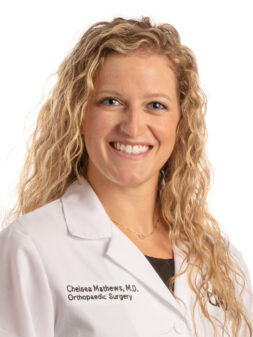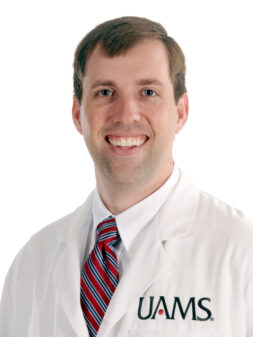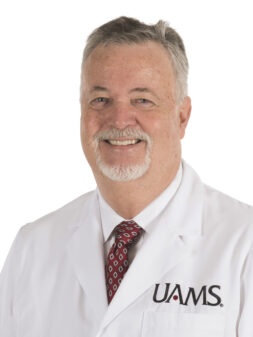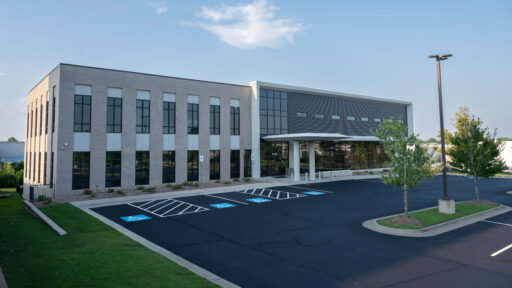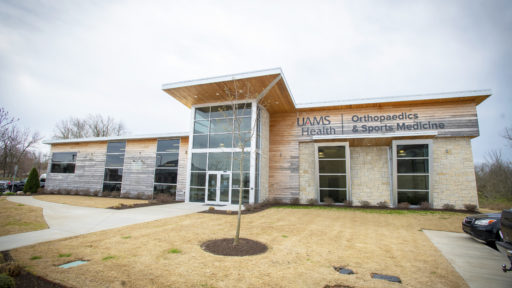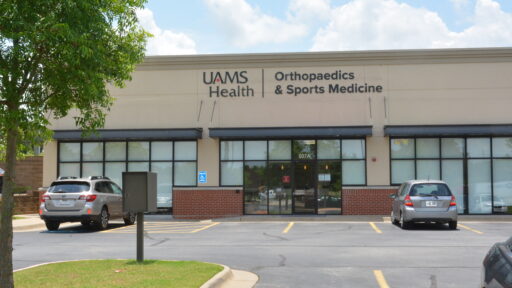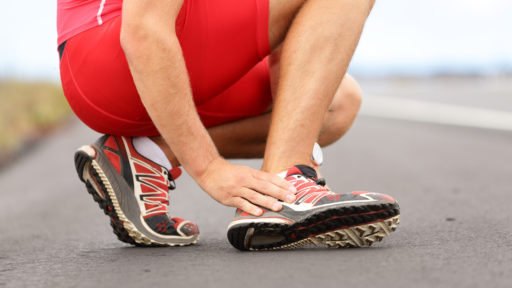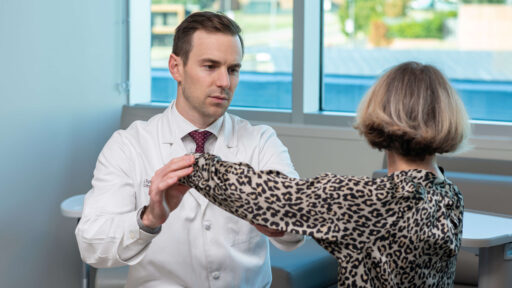Your knee joint is made up of bone, cartilage, ligaments and fluid. Muscles and tendons help the knee joint move. When any of these structures is hurt or diseased, you have knee problems. Knee problems can cause pain and difficulty walking.
Knee problems are very common, and they occur in people of all ages. Knee problems can interfere with many things, from participation in sports to simply getting up from a chair and walking. This can have a big impact on your life.
The most common disease affecting the knee is osteoarthritis. The cartilage in the knee gradually wears away, causing pain and swelling.
Injuries to ligaments and tendons also cause knee problems. A common injury is to the anterior cruciate ligament (ACL). You usually injure your ACL by a sudden twisting motion. ACL and other knee injuries are common sports injuries.
Treatment of knee problems depends on the cause. In some cases your doctor may recommend knee replacement.
NIH: National Institute of Arthritis and Musculoskeletal and Skin Diseases
Courtesy of MedlinePlus from the National Library of Medicine.
Syndicated Content Details:
Source URL: https://medlineplus.gov/kneeinjuriesanddisorders.html?utm_source=mplusconnect&utm_medium=service
Source Agency: National Library of Medicine
Sprains and Strains
A sprain is a stretched or torn ligament. Ligaments are tissues that connect bones at a joint. Falling, twisting, or getting hit can all cause a sprain. Ankle and wrist sprains are common. Symptoms include pain, swelling, bruising, and being unable to move your joint. You might feel a pop or tear when the injury happens.
A strain is a stretched or torn muscle or tendon. Tendons are tissues that connect muscle to bone. Twisting or pulling these tissues can cause a strain. Strains can happen suddenly or develop over time. Back and hamstring muscle strains are common. Many people get strains playing sports. Symptoms include pain, muscle spasms, swelling, and trouble moving the muscle.
At first, treatment of both sprains and strains usually involves resting the injured area, icing it, wearing a bandage or device that compresses the area, and medicines. Later treatment might include exercise and physical therapy.
NIH: National Institute of Arthritis and Musculoskeletal and Skin Diseases
Courtesy of MedlinePlus from the National Library of Medicine.
Syndicated Content Details:
Source URL: https://medlineplus.gov/sprainsandstrains.html?utm_source=mplusconnect&utm_medium=service
Source Agency: National Library of Medicine





